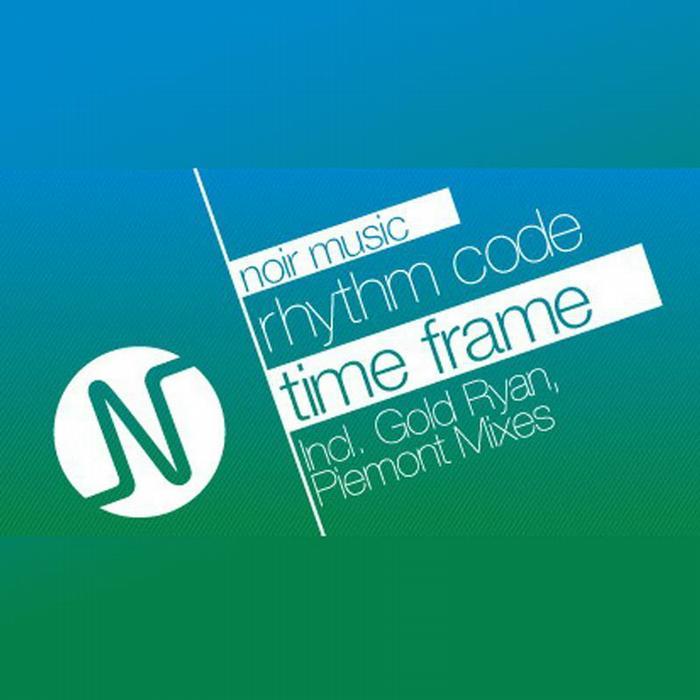

The difference in sizes is now tiny (it was about 1.5MB in the original screens) and I expect the difference is due only to different headers and metadata. Answer (1 of 3): While nearly all of audio devices and multimedia player supported MP3 playback, only a handful of them current support FLAC.

I would prefer an application using lame over Switch using an unknown encoder every time.Įdit: your screenshots changed between me seeing them and replying. Lame is free to use and distribute, is under constant development and is of very high quality.

CODE FLAC TO MP3 320 KBPS
If you used the old blade encoder to make a 320 kbps file it will almost certainly sound worse than current lame or fraunhofer VBR at aproximately half that rate. Old or low quality mp3 encoders can produce very large files that sound much worse than smaller files produced by a modern/high quality encoder. The Switch application doesn't specify what it uses and I would be inclined to avoid it as it may be using one of several really bad encoders.įile size doesn't necessarily tell you anything about audio quality. The good quality mp3 encoders still under development are lame and the fraunhofer mp3 codec. There have been lots of different mp3 encoders and not all have been of good quality. Different lossy encoders will produce different sounding files and in VBR or ABR modes can be expected to produce differently sized files.
CODE FLAC TO MP3 CODE
I doubt it uses lame as it doesn't mention lame, nor does its vendor offer source code (as required by the lame license). Switch is probably using a different mp3 encoder than lamedrop. But, assuming identical settings, one of the encoders is probably producing a file which isn't quite 320 kbps. I did this so that I can play the MP3 files in my car, as the integrated head unit only supports MP3 and WMA files. If you have one drive with NTFS and another with FAT32 that might account for some of the apparent difference. I created a script to convert my FLAC music collection to MP3. The same file can appear to be slightly differently sized on different types of file system. I notice your output files are on different drives, C and D. Any encoder should produce much the same size file at the same bitrate (there can be a small legitimate difference due to different headers and metadata).


 0 kommentar(er)
0 kommentar(er)
